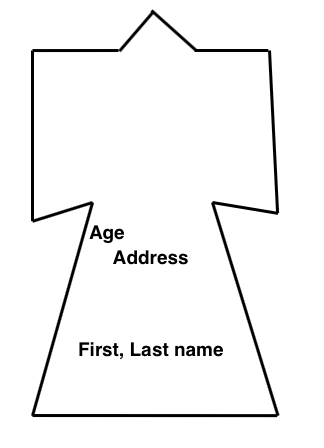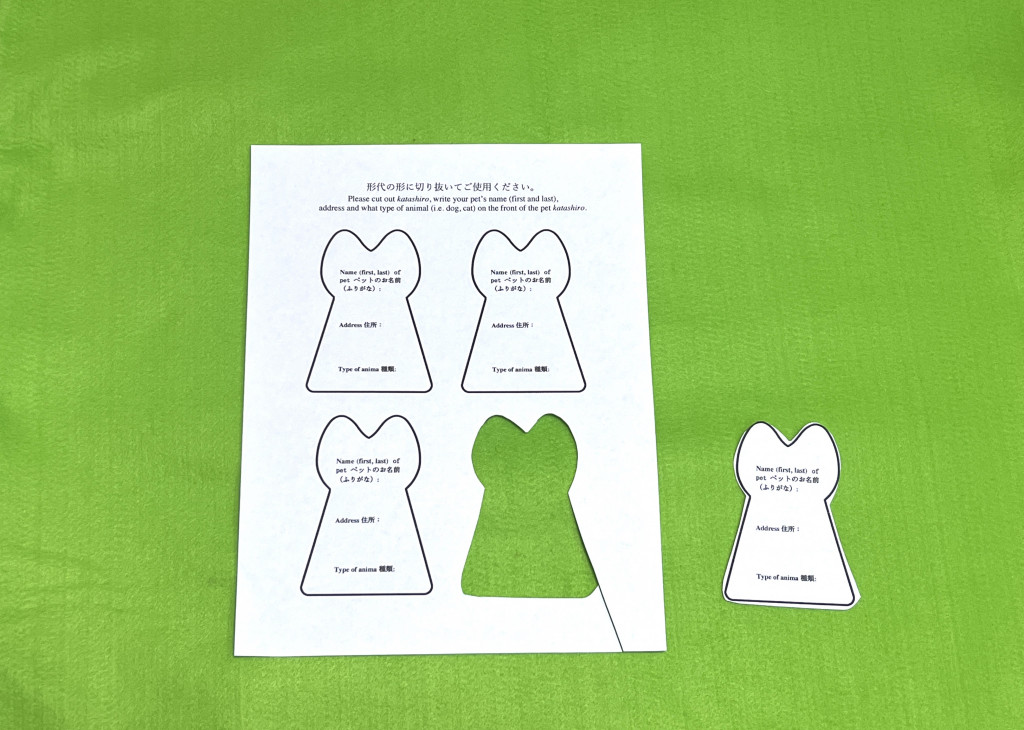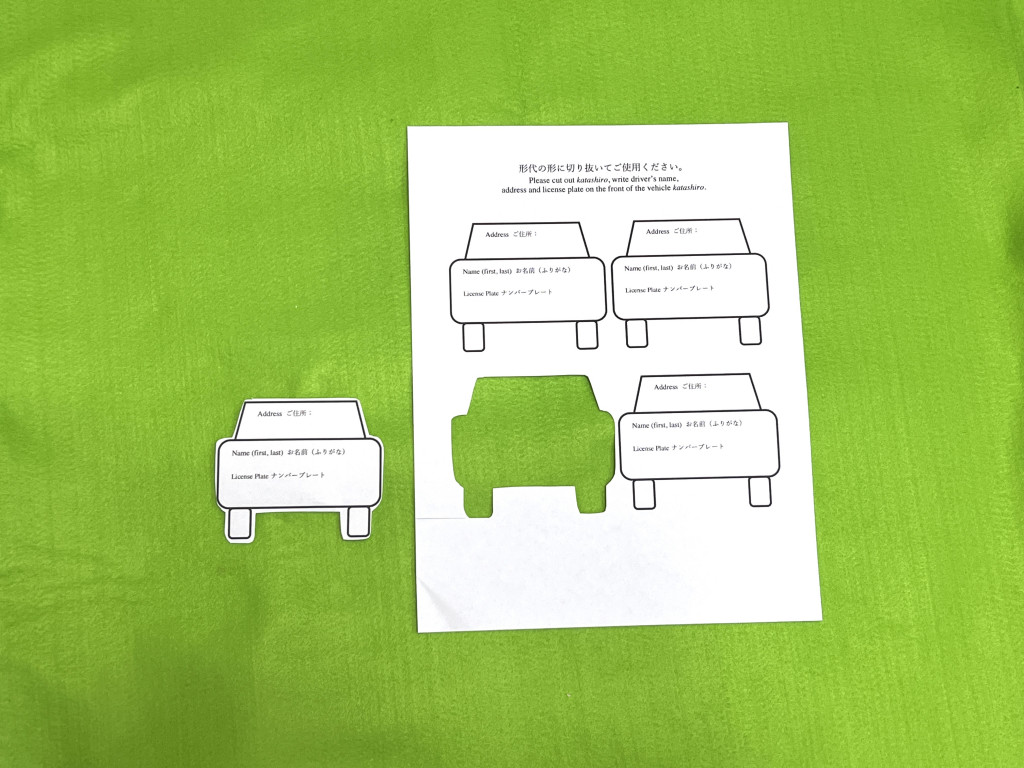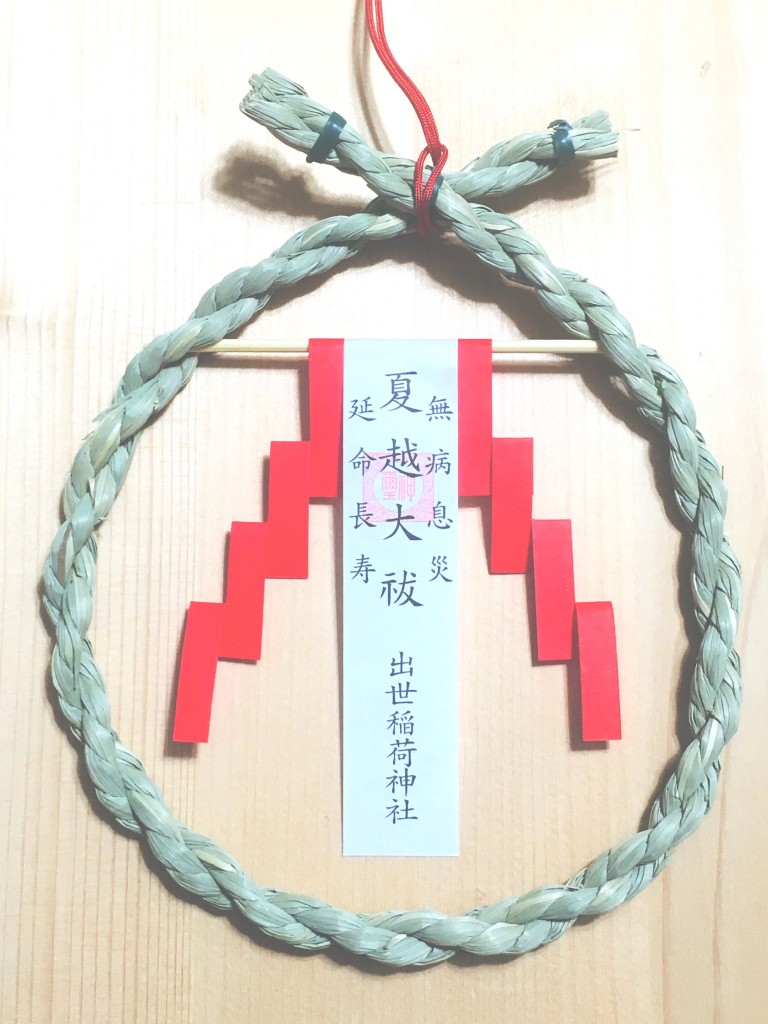Please join us at our ceremonies.
ご参列され、御神徳とご加護を受けられますようご案内します。
神々を「お祀り」して感謝と願いをするイベントだから「お祭り」と言います。感謝と祈願の神事があってこそ「お祭り」。そして、「お祭り」は、自然への畏敬と感謝を再確認する(思い出すきっかけ)という役割もあると言えます。
遙か昔から日本人が代々受け継いできた伝統文化・習慣が急速に失われつつある昨今。私達の世代で消滅させてしまうのか、次の世代に伝えていくかの選択の時期が来ているのではないでしょうか。 自然の力に感謝し、次の世代に伝えるきっかけにしてください。
Purify and recharge your spirit for the summer

From ancient times, the Japanese people practiced Nagoshi-no-Harae, a prayer to purify and to rid themselves of the first half of the year’s yakunan (illness, accident, injury, fight etc…) or “bad luck” and kegare, or “withered spirit”. Over the course of the first half of the year, the energy of a person’s spirit is diminished by tiredness, stress, and other pressures, so Nagoshi-no-Harae rituals are performed every June to cleanse and refresh this energy and recharge the spirit. Shinto Shrine of Shusse Inari in America provides these traditional services with mystic rituals that have been passed down through the generations of our family.
One such ritual is the use of hitogata on which have been written the mystic words, “Tokusa-no-kamdakara.” Hitogata are slips of paper cut into the shape of a person, and it is believed that the hitogata represents the person concerned. In the Nagoshi-no-Harae service, the hitogata is thought to carry all of that person’s kegare.
昔から日本人は、6月の終わりに夏越之祓(なごしのはらえ)を行う慣習があります。これは、半年の間に気づかないうちに作ってしまった罪や穢(けが)れ、また、病気・事故・怪我・争いなどの厄難(やくなん)を祓(はら)い清め、次の半年を心身共に健康で過ごせるよう祈願するものです。
「穢れ」とは「気が枯れる」という意味で、本来持っている「気」がストレスなどで「枯れて」(くたびれて)パワーがダウンしている状態のことです。
夏越之祓は、身代わりとなる人形(ひとがた)を使って、ご自身が溜め込んでいる穢れなどを祓い、気力の復活を図ります。アメリカ出世稲荷神社の人形は、古来より伝わる「十種神宝(とくさのかんだから)」の文字が入っています。当神社では、お申し込みいただいた方のお名前を神主が読み上げ、受け取った人形(と形代)で夏越之祓の秘伝のご祈祷を行います。




For Nagoshi-no-Harae, in addition to using hitogata to recharge our spirits, it is customary to walk through a Chinowa, giant circle of reeds which is thought to help keep us safe from sickness and plague. Since ancient times in Japan, it has been said that this time of year, as summer arrives, is also the time that plagues tend to strike. It is for this reason that we practice the Nagoshi-no-Harae ritual (including walking through the Chinowa) at this time of year to offer prayers against misfortune, recharge our spirits, and avoid illness.
The origins of the Chinowa custom can be traced to ancient Japan, where it is connected with the stories of the Kami-sama, Susanoo.
One time when Susanoo was traveling, he sought someplace to stay overnight. He visited the house of the richest man in the village, Kotan Shōrai, but Kotan refused. So Susanoo went to the house of Somin Shōrai, a poor man and older brother of Kotan. Somin welcomed Susanoo into his house, and, in return, Susanoo advised him to carry small Chinowa for protection.
Sometime after Susanoo left, a deadly plague arrived in the village, killing everyone except the daughter of Somin, who was protected by the Chinowa she carried with her. Susanoo returned to the village and said to her, “In times of plague, if you wear Chinowa at your waist and declare aloud that you are the descendant of Somin Shōrai, you will be protected.” As this story spread, people began wearing Chinowa for protection against illness and misfortune. It is thought that people transitioned to walking through giant Chinowa instead of wearing them in the Edo period.
Chinowa are woven of reeds, which since ancient times is said to be a spiritual plant with the power to ward away evil spirits and prevent bad luck.



















